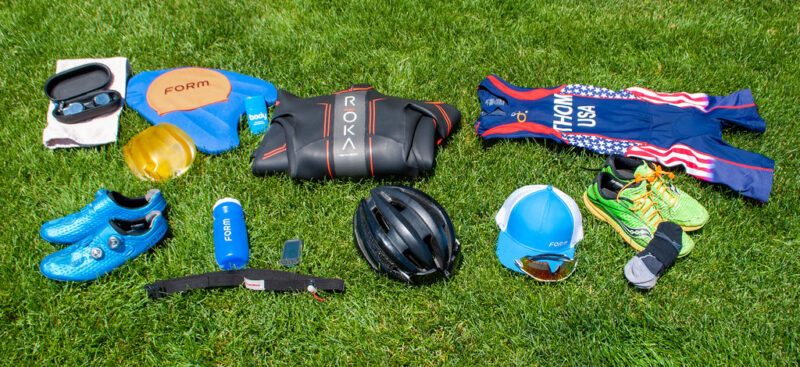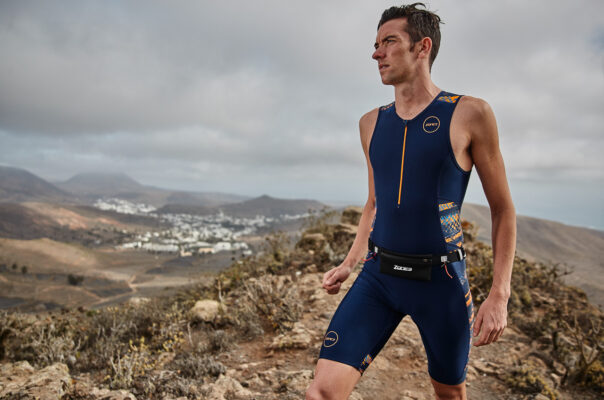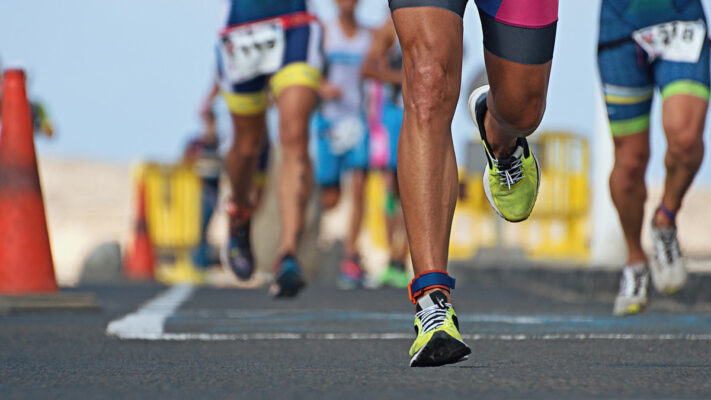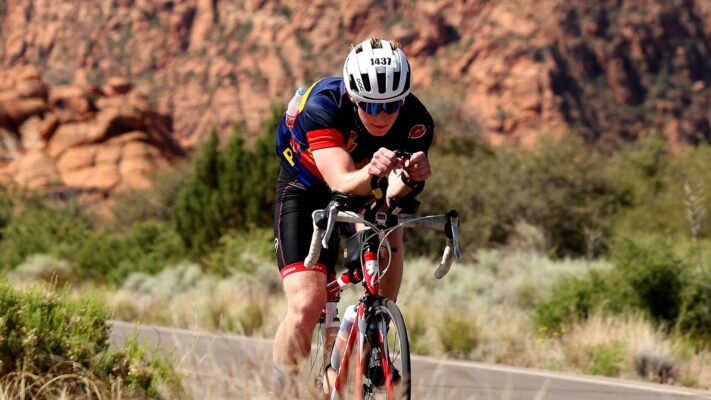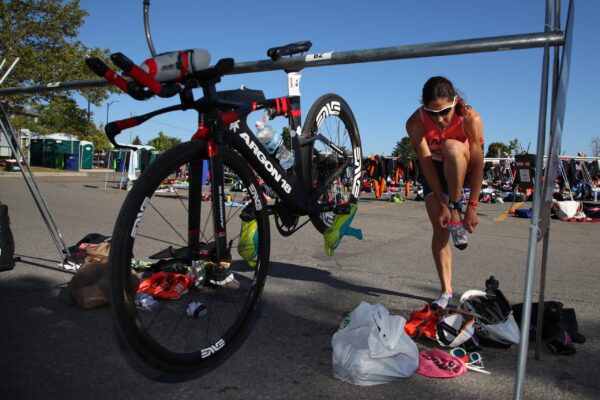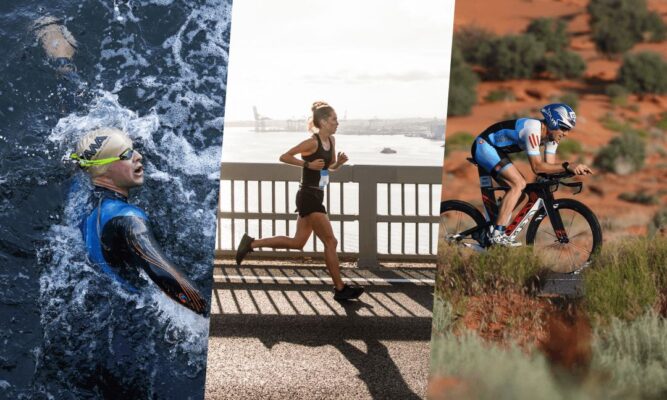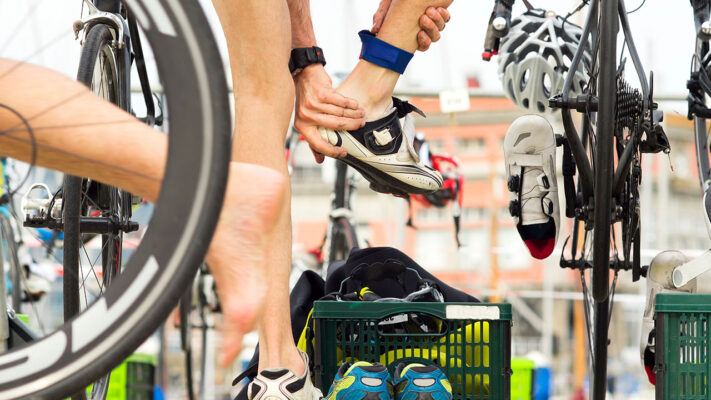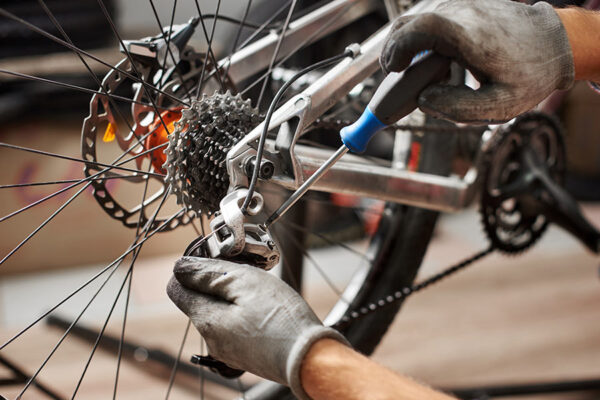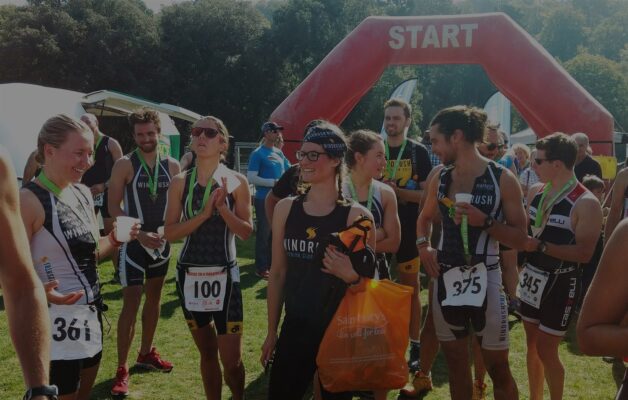posts
Top 10 Triathlon Hacks to Save Time, Money, and Energy
Introduction
Triathlon racing is a thrilling challenge that pushes your body and mind to new limits. It blends three disciplines — swimming, cycling, and running — into one unforgettable experience. But with all the training, gear, and preparation involved, it can sometimes feel overwhelming.
That’s where a few clever triathlon hacks come in. At Tri-n-Win, we’ve rounded up the top 10 tips to help you save time, money, and energy — so you can focus on performing your best and enjoying the journey. These insights will help you train smarter, race smoother, and make every finish line feel like a win.
1. Organize Your Gear Like a Pro
Preparation is key in triathlon racing, and that starts with keeping your gear organized. Before race day, lay out everything you need — your triathlon racing shoes, triathlon racing belt, goggles, bike helmet, nutrition etc. Use a checklist and take a picture of everything laid out if racking / setting up the day before. This not only saves you from last-minute panic but also helps you move confidently through transitions.
A pro tip is to use clear, labelled bags for each leg of the race — swim, bike, and run or a very bright towel to lay your equipment on, depending on the event requirements. This makes setup faster and keeps your transition area tidy. A bright towel will make your rack position easy to identify when running back into transition when every bike will suddenly look the same as yours! Every second you save in transitions adds up on the clock. Organisation might not sound glamorous, but it’s one of the easiest ways to gain an edge.
2. Use a Triathlon Racing Belt
A triathlon racing belt is one of the simplest yet most effective tools you can own. Instead of fumbling with safety pins or tearing your race bib, you just clip it onto the belt and spin it around between disciplines. That means faster transitions, less stress, and no ruined gear.
Beyond convenience, a racing belt keeps your bib visible — a small detail that race officials appreciate. Choose a lightweight, adjustable belt with elastic loops for gels or small nutrition items. It’s affordable, durable, and one of the smartest ways to streamline your race setup.
3. Train in the Gear You’ll Race In
It’s tempting to save your best gear for race day, but that’s a mistake. You should train in the same triathlon racing shoes, Tri Suit, and bike setup you plan to race with. This allows your body to adapt to the fit, feel, and comfort of your gear.
Doing so helps you avoid painful surprises, such as blisters, chafing, or saddle discomfort. It also lets you test out small adjustments — such as saddle height or shoe lacing — so you can fine-tune everything before the big day. At Tri-n-Win, we always say: practice how you plan to perform.
4. Keep Your Triathlon Racing Bike Simple and Efficient
You don’t need the most expensive triathlon racing bike to perform well. What matters most is a proper fit and maintenance. A clean, well-tuned bike that fits your body saves far more time and energy than a fancy one with a poor setup.
Check tire pressure, clean your drivetrain, and lube your chain regularly. Make sure your brakes are responsive and your gears shift smoothly. A properly fitted bike prevents fatigue and helps you conserve energy over long distances. Remember, efficiency is free speed — and your bike deserves care as much as your training.
5. Master Quick Transitions
Transitions are often called the “fourth discipline” of triathlon racing — and mastering them can earn you minutes for free. Practice going from swim to bike (T1) and bike to run (T2) until it feels automatic. Set up your area neatly, with your triathlon racing shoes open and ready, your helmet unclipped, and your gear in order. Remember to always put your helmet on before touching your bike to avoid being disqualified.
You can also rehearse short “brick” workouts (bike → run) to get used to that wobbly leg feeling. Visualise each movement: racking your bike, grabbing your belt, putting on your shoes. Smooth transitions come with repetition — and they’ll make your race flow much more smoothly.
6. Save Energy with Smart Pacing
Triathlon racing isn’t about going all-out; it’s about pacing and racing smart. The key is to distribute your effort wisely across all three legs. Start conservatively, especially in the swim, and build up your intensity as you go. Many beginners burn out early because they push too hard at the start.
Use your training sessions to learn your comfort zones — heart rate, cadence, and perceived effort. Trust your plan and stick to it, even when adrenaline kicks in. A steady, consistent pace helps you finish strong and enjoy the final run rather than just surviving it.
7. Hydrate and Fuel Like a Strategist
Hydration and nutrition can make or break your race. Always start your sessions well-hydrated, and sip fluids regularly during your workouts. On the bike, have your bottles within easy reach, and during longer races, plan to alternate between electrolytes and water every bottle, every hour. You should also aim to take 60-90g carbs (gels/bars) for every hour in addition to your hydration plan.
Your body’s fuelling strategy should be tested in training — never try something new on race day. Learn what your stomach tolerates and adjust accordingly. Consistent fuelling ensures steady energy, prevents cramps, and helps you maintain peak performance from start to finish.
8. Use Multi-Purpose Gear to Save Money
Triathlon can be expensive, but smart gear choices make a big difference. Choose multi-use equipment — like a triathlon racing suit that’s comfortable for swim, bike, and run, or triathlon racing shoes that dry quickly and work well for both training and racing.
Start with the essentials: a reliable bike, quality helmet, goggles, and a Tri Suit. As you progress, you can upgrade your setup gradually. Focus on getting the basics right first. At Tri-n-Win, we encourage smart spending — invest in comfort, durability, and fit before flashy extras.
9. Learn Basic Bike Maintenance
Every triathlete should know how to handle small mechanical issues. Flat tires, dropped chains, or misaligned brakes can derail your race if you’re not prepared. Learn how to change a tire, adjust your brakes, and clean your bike chain.
Practice these skills at home until you can do them quickly and calmly. Keeping your triathlon racing bike in top condition not only saves time and frustration but also boosts safety and confidence. A little mechanical know-how can save your race — and your wallet.
10. Join a Community
Training solo builds discipline, but training with others builds motivation. Join a local triathlon club, online community, or connect with Tri-n-Win’s social channels to share experiences, get feedback, and stay inspired.
Other athletes can offer valuable advice on gear, nutrition, and race strategy. Plus, having people to train and race with makes the sport far more enjoyable. You’ll find that community support helps you stay accountable and push beyond limits you didn’t think possible.
Final Thoughts from Tri-n-Win
Triathlon success doesn’t require fancy equipment or elite-level fitness — just smart choices and consistent effort. Each small improvement in organisation, pacing, and recovery adds up to big gains on race day.
At Tri-n-Win, we believe in racing smart, not just hard. With these top 10 triathlon hacks, you’ll save time, protect your budget, and make every drop of effort count. Whether you’re preparing for your first sprint or your next Ironman, remember: it’s your race, your journey, and your win.



